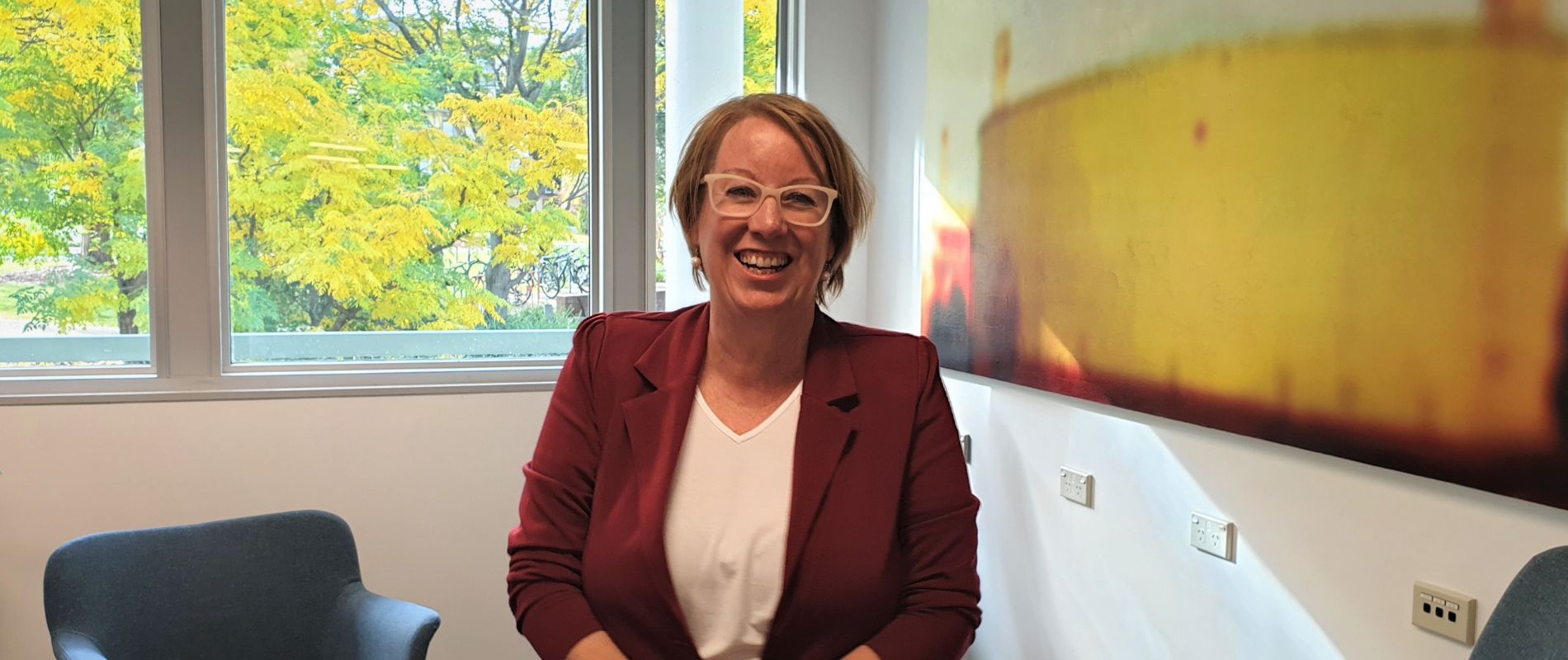Victoria Taylor became the Chair of the CEAT Governance Committee in 2020. Following the Committee’s final meeting last month, she reflects on what she’s learnt over the past three years.
While living in the United States in 2019 and 2020, I observed the establishment and growth of a number of high-value agritech startups. One thing that was common to those that were successful was that they leveraged the expertise and experience of a multidisciplinary team. Upon my return to Australia, CEAT Director Owen Atkin approached me to serve as CEAT’s independent Chair on the basis that agricultural science alone would not solve agriculture’s problems, and that new approaches and thinking was needed. After what I had seen in the US, this resonated deeply with me.
As CEAT transitions to its new phase of funding and a different governance structure, I have some final reflections to share:
- The STEM capability of ANU is world-class but relatively unknown in Australian agricultural industries. Perhaps because it’s not an agricultural university? However, when combined with its renowned expertise in the humanities and social sciences, ANU has potential to be a powerful force for transformational agricultural research.
- Many university researchers want to work across disciplines, but the incentives are not always there. You need to be a committed (and creative!) leader to design research school collaborations without funding penalties. Luckily, ANU has plenty of these leaders, but negotiations and paperwork are an inefficient use of time.
- In my experience, State government researchers will focus on R&D directed and co-funded by industry. In universities, academic freedom means there can be a mismatch between what industry needs and what researchers want to focus on. This plays out when seeking to build a multidisciplinary team where the benefits of working in agriculture are not clear, or attractive, to the researcher. This is where a process of co-definition of problems and co-design of solutions is critical to a project’s success.
- I’ve been surprised at the autonomy that academics within research schools have in determining their focus areas. This creates benefits when researchers want to collaborate, but conversely means there can be challenges when there is no institutional mechanism to bring relevant expertise to the table when collaborating with industry. To address this challenge, we need to understand what motivates researchers to be involved in projects, with intellectual reward – rather than personal monetary gain – often being central.
As the gateway to accessing the multidisciplinary excellence that exists in ANU, the CEAT team confidently and sensitively navigates this landscape. The evidence of their success is the 81 R&D projects with 39 discrete industry partners supported by CEAT between 2020 and 2022. I look forward to seeing what the future brings!
When she’s not working with CEAT, Victoria is the Head of Sector Building and Advocacy at Cellular Agriculture Australia, a role focussed on the regulatory, policy and research settings required to develop the sector’s potential in Australia. She is also the Chair of the Rice Marketing Board for the State of NSW and a Director of Horticulture Innovation Australia and Water NSW.
